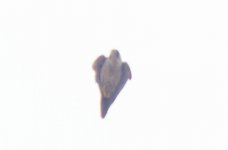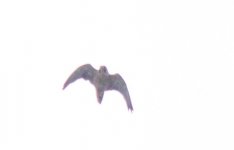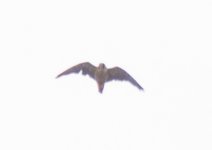Andy Adcock
Worst person on Birdforum

Well I am not author of the said post you are relating to, so I don't understand your point? I can't justify words that are not mine, can I? Especialy so since I don't even know what thread/post you are referring to?
.
My point is that great emphasis is being placed on the apparent tail length of this bird, in the infamous 'London Raptor' thread, the perceived long tail of a Buzzard was discredited as a product of the moult, how much can it be relied upon.







